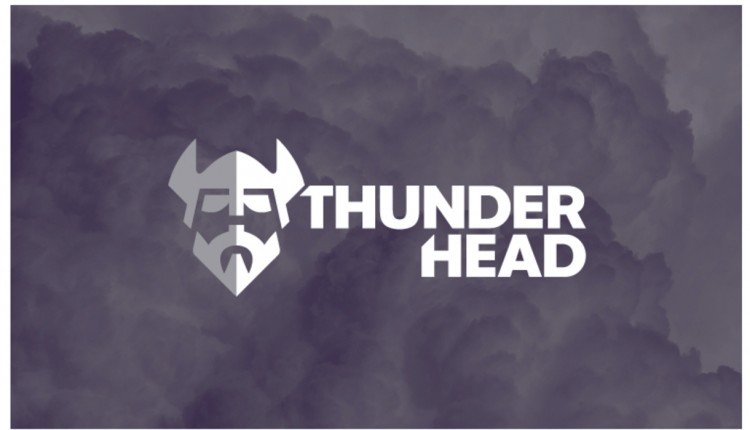
Image by: alphaspirit, ©2016 Getty Images
The term “digital transformation” is thrown around a lot by technologists, industry analysts and strategy consultants, so much so that it’s fast becoming ubiquitous. Yet, do we know much else about it? We know digital transformation is/will be a top initiative at most organizations; we know changing customer expectations and digital disruption are upending traditional business models; and we know most organizations don’t even have a working digital strategy (an incredible 73%, according to Forrester). We must adapt, and quickly, but do we understand what we’re even trying to change? To examine the organizational transformation and the digital agility required to overcome these disruptive forces, I sat down with Jeroen Huinink, vice president of product marketing at Lexmark Enterprise Software, to tackle some of the most critical considerations for your digital strategy.
Digital transformation is a reality
According to Huinink, what’s important for organizations to understand is that the reality of our digital lives—both societal and in our personal lives—drives the changing expectations that consumers have with their providers. Huinink believes this presents a challenge but also a huge opportunity to achieve major business improvements through the use of digital technology, such as:
- Enhancing customer experience
- Streamlining operations
- Creating radical, new business models enabled by digital technology
Huinink refers to the important distinction between digitization and true digital transformation as the difference between the passive and active use of the channel. In passive multi-channeling, Huinink points out that we simply repurpose the print output for another channel (e.g., PDF or email), whereas, an active multi-channel strategy dynamically makes use of the properties of that channel and will tailor the message accordingly. Examples of active multi-channeling can include providing a hyperlink that will take a customer immediately to information rather than referring to where additional information can be found, ability to electronically sign documents, allowing forms to be filled out on mobile devices or presenting an interactive bill that allows customers to drill down into information.
In a recent Bain & Company benchmarking report of insurers and their use of digital tools and processes, only one-third of respondents contacted their customers if the application process was abandoned in any channel. Huinink points out that these insurers are an example of passive multi-channeling. They have digitized the capture of information but have not transformed the way they engage with customers, using data points of where consumers quit the form or when they deviate from the standard customer journey.
Creating an end-to-end digital interaction, according to Huinink, will speed up internal processes and provide richer data points for analytics that can help an organization drive and optimize their business processes.
Five best practices for digital agility
Digital transformation requires a shift in how we approach the business fundamentally—from customer experience, to digital tools, to the agility of our internal operations and business processes. According to Huinink, this is a change process, and we need to manage it as such. To begin your transformation, he offers five considerations to achieve digital agility at your organization:
1. Place the customer at the core of your universe, because they are the one who’s interacting with you digitally.
2. It’s all about communication. It’s all about the interaction with the customer. It’s all about the customer journey. If you’re doing something and don’t understand how it improves the customer journey, it doesn’t support digital agility.
3. Keep it short, and make it personal. Everybody expects a personal response, and they expect it from their providers as well. Make your communications as personal as you can, and keep it short and to the point.
4. Don’t ignore paper. True digital transformation optimizes the use of paper and allows the flexibility to switch anywhere in the customer journey from paper to a digital process and then back.
5. Think big, and start small. Create a vision as an organization, and share with your employees where you want to end up. These are strange waters, and there will be icebergs. Since the nature of icebergs is to be mostly under water, you might need to make a big circle around them, making it difficult to remain focused, but you must keep that vision in mind. If you can build that mentality in your organization, then you should make it.
The digital maturity of our knowledge workers
While our customers might be the catalyst for our transformation efforts, streamlining and creating operational agility in our organizations is fast becoming a notable outcome of a digital business. Yet, aligning and assessing the organization’s capabilities of its workforce and knowledge workers to support the digital strategy can be a difficult gap to overcome. Huinink recommends giving knowledge workers the tools, freedom and flexibility they need to empower the workforce and to build trust in the processes for building digital maturity.
For more information, don’t miss DSF ’17, May 1-3, 2017 in Downtown Chicago. Visit http://documentstrategyforum.com or email jdunkel@EventEvolution.com for details.
Allison Lloyd serves as the editor of DOCUMENT Strategy Media. She delivers thought leadership on strategic and plan-based solutions for managing the entire document, communication and information process. Follow her on Twitter @AllisonYLloyd.


























